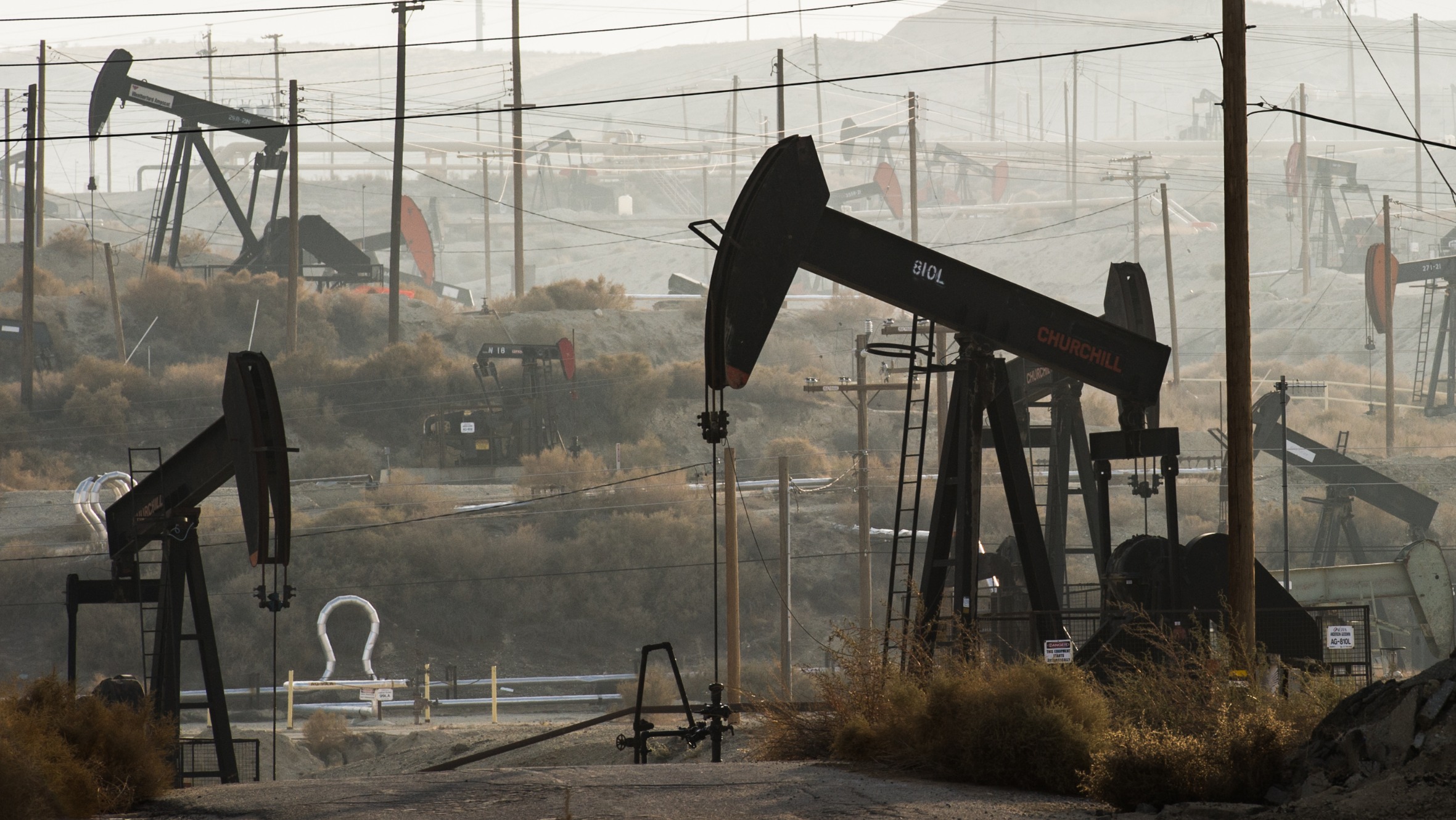A story in the Los Angeles Times raises disturbing questions about the practice of irrigating California farmland with the wastewater from fracking. Here’s what’s happening:
In the Kern County program, Chevron’s leftover water is mixed with walnut shells, a process the company says extracts excess oil. The water then flows to a series of treatment ponds. The treated water is launched into an eight-mile canal to the Cawelo Water District, where it is sometimes further diluted with fresh water. The water supplies 90 Kern County farmers with about half their annual irrigation water.
The program is a good deal for oil companies, which view the water as an expensive nuisance. And it’s a bargain for the water districts.
There’s a certain amount of WTF to all this — because we don’t even know what’s in this fracking waste, at least not until June 15. That’s when California’s fracking regulations kick in and force oil companies to disclose the chemicals they are using. I mean, maybe just wait to find that out before using it to water our cherries?
Here are the key points from the story:
Over the last two years, Scott Smith, chief scientist for the advocacy group Water Defense, collected samples of the treated irrigation water that the Cawelo Water District buys from Chevron. Laboratory analysis of those samples found compounds that are toxic to humans, including acetone and methylene chloride — powerful industrial solvents — along with oil.
They found methylene chloride aka dichloromethane at 56 parts per billion. The EPA’s safe drinking water level is 5 ppb.
Water Defense is an advocacy group, not a government regulator or an independent academic institution. Its job is not to test all the water in a systematic way, but simply to register this disturbingly high reading and bang the alarm bell. Regulators will have to follow up and see what’s going on; so far, ongoing independent testing apparently hasn’t found these chemicals.
This whole business is freaky, but the likelihood of danger to eaters is low. The water has to filter through the soil, where microorganisms have a chance to denature these compounds; and then the plants themselves will act as major filters. But, as Blake Sanden, an agriculture extension agent and irrigation water expert with UC Davis, told the L.A. Times:
Microorganisms in soils can consume and process some impurities, Sanden said, but it’s not clear whether oil field waste is making its way into the roots or leaves of irrigated plants, and then into the food chain.
It’s unlikely that petrochemicals will show up in an almond, for example, he added, “But can they make it into the flesh of an orange or grape? It’s possible. A lot of this stuff has not been studied in a field setting or for commercial food uptake.”
Carl K. Winter at UC Davis, who studies the detection of pesticides and naturally occurring toxins in foods, said some plants can readily absorb toxins without transferring them to the leaves or the flesh of their fruit.
Bottom line: I certainly don’t want solvents in my food, and I’ll be watching this carefully. But it’s not going to change the way I eat, or what I feed my toddlers, right now. If there is any exposure to these chemicals, it’s going to be sporadic and short lived. If 1-in-10 molecules from that high reading make it into the food, that’s around the EPA’s level for drinking water.
At the same time, that measurement of methylene chloride (the only measurement level given in the article) seems ridiculously high. For Pete’s sake, let’s not make our bodies the dumping grounds for fracking waste.



